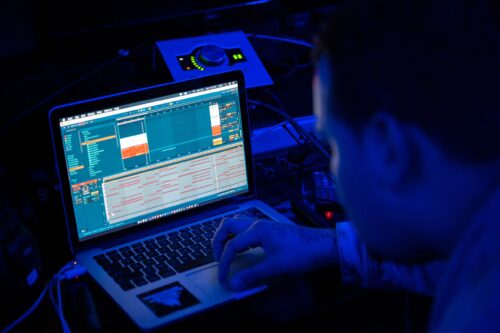项目:巴吞鲁日污水泵站SCADASystem August 9, 2005
August 9, 2005
Checked in with the general contractor for Phase II. The major national control panel builder who originally bid (and later backed out), has now come back with a much improved price. The price difference between their new price and their original price can be justified due to the past year’s price escalation. A change order will have to be submitted and approved by the city council, so it will likely be September before a notice to proceed can be issued for Phase II.
Given the Phase II delays, we are focusing our work on the SCADA master, which is the critical path item in our schedule.
Had a long conversation with a staff engineer for the city regarding the project. It appears he will be given some responsibility for this project. Because he is in the same suite of offices as the city engineer, he has access to inside consultation that we lack. We set a date to meet later this week to review our progress, make a visit to the local data center, and hopefully get a few decisions made to keep us moving forward on the SCADA master.
The SCADA master planned is a three-computer redundant configuration. Computer hardware includes a Dell data center with redundant power supplies, network connections, and mirrored RAID SCSI drives. Two of the servers are responsible for gathering field data from the remote RTUs using Software Toolbox’s Modbus OPC power (TOP) server. Each field RTU is equipped with an Airlink Raven CDMA cell modem. These modems are each assigned a static IP address on the Verizon wireless network. The TOPS server encapsulates Modbus messages within TCP/IP packets and sends them via the Internet to Verizon. The Airlink Modbus capability dis-assembles packets and sends them out the modem serial port to the RTU. The process is reversed to complete the RTU poll. This IP-based design benefits from improved throughput versus traditional sequential polling schemes, allowing up to 16 Modbus RTUs to be polled simultaneously.
OPC server redundancy is managed using TOP server manager. This software resides on each server, automatically switching primary and secondary OPC servers in the event of a communications or computer failure. The Web-based graphical operator interface of Indusoft’s 6.0 Web Studio is also resident on these two computers. Web Studio’s redundancy design allows the primary or secondary Web Studio servers to log historical data to a third SQL server computer. If the SQL server has an outage, Web Studio writes historical data to its local hard disk. Once the SQL server has been restored, locally written data is automatically backfilled into the SQL database so that a continuous history is maintained.
For client side redundancy, Web Studio’s Active-X control automatically switches client Web browsers to the secondary server should the primary become unavailable.
Do you have experience and expertise with the topics mentioned in this content? You should consider contributing to our CFE Media editorial team and getting the recognition you and your company deserve. Clickhereto start this process.





